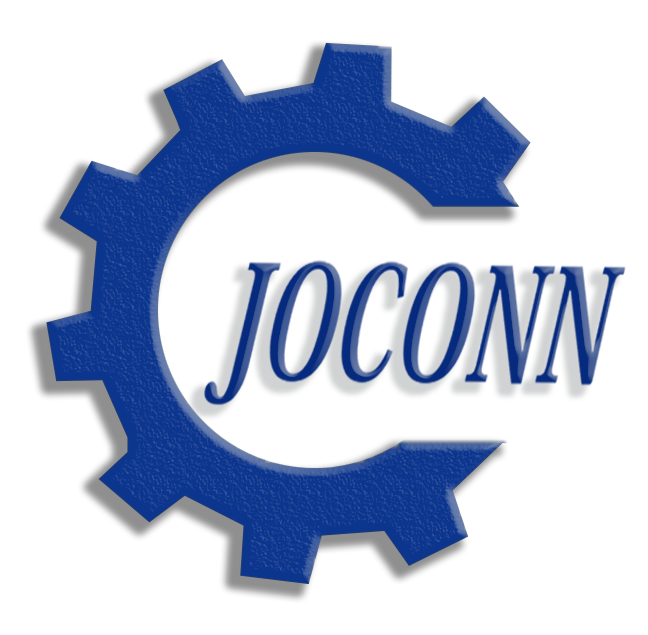The biggest difference between industrialized production of edible mushrooms and traditional production lies in the use of a large amount of equipment. Edible mushroom producers first need to understand the purpose and basic knowledge of these equipment, and then combine these completely different equipment reasonably according to the production process, in order to build a reasonable and efficient production line.
1. Edible mushroom bagging production line
The specifications of different types of mushroom bags vary, and the main difference in bagging production lines lies in the different bagging machines. You need to choose according to your actual situation. In recent years, the automation level of China's edible mushroom bagging production line equipment has greatly improved, and it can basically achieve automatic bagging, automatic ring covering, automatic inoculation, automatic loading and unloading, etc.
2. Edible mushroom bottle planting production line
The automation level of the edible mushroom bottling production line is very high, and if you can choose, you must choose the bottling method. The specifications of the bottling production line mainly depend on the size of the culture bottle used, and the bottling production line equipment mainly comes from South Korea and Japan. In recent years, the price of the bottling production line has dropped a lot, but this part of investment accounts for a small proportion of the overall investment of the bottling factory.
3. Strain production equipment
The equipment in this section is quite complex, including small sterilization pots, ultra clean workbenches, testing benches, microscopes, etc. If it is a liquid bacterial culture process, an air source system, fermentation tanks, etc. are also required. Bacterial culture is of utmost importance in the production of edible mushrooms. Zehai Mushroom Industry suggests that, if conditions permit, brands and manufacturers with a medium or higher level of mushroom production equipment should be selected as much as possible.
4. Sterilization pot
Due to the long sterilization time, atmospheric pressure sterilization pots are rarely used nowadays. High pressure sterilization pots are divided into two types: round pots and square pots. Round pots are relatively energy-saving, while square pots are convenient for entry and exit. Large mushroom factories generally use square sterilizers, which cannot heat themselves and require steam boilers.
5. Purification engineering
Purification has become an indispensable equipment for industrial production of edible mushrooms. Cooling rooms, inoculation rooms, and strain rooms must all use purification engineering, which is the core of industrial production of edible mushrooms. Imagine if there is no purification and a large amount of medication fumigation is still used, can it still be called industrial production of edible mushrooms?
6. Refrigeration equipment
Refrigeration equipment is used to reduce the temperature of the culture room or mushroom room, in order to provide the most suitable temperature for the growth of edible mushrooms. Especially for some low-temperature mushroom varieties, such as golden needle mushrooms, apricot abalone mushrooms, etc., the requirements for refrigeration equipment are higher. Refrigeration equipment is divided into single unit and central air conditioning. Nowadays, newly built large edible mushroom factories generally adopt the refrigeration mode of central air conditioning, which has obvious advantages in energy conservation.
7. Heating equipment
Only edible mushroom factories in the north require heating equipment. There are many heating methods for industrialized production of edible mushrooms, such as air conditioning heating, radiators, geothermal, and electric heating. Each of these heating methods has its own advantages and disadvantages. Radiators and geothermal are more energy-efficient, but without air conditioning and electric heating, it is easy to control the temperature.
8. Humidification equipment
Both the cultivation room and the mushroom room require humidifiers to increase the relative humidity of the air in the mushroom room. Ultrasonic humidifiers are commonly used in the industrial production of edible mushrooms, which have high efficiency and good atomization effect. Ultrasonic humidifiers have high requirements for water quality, and unqualified water quality can affect the working efficiency and service life of ultrasonic humidifiers.
9. Lighting equipment
Generally, only the mushroom room needs to be equipped with lighting equipment. The lighting equipment for industrial production of edible mushrooms does not refer to ordinary workshop lighting, but rather to the increased lighting required by edible mushrooms during the mushroom production period. Cold light sources are generally used, such as the LED light strip widely used in Flammulina velutipes and Pleurotus eryngii. Although it is only a light problem, the investment in this part is also relatively high.
10. Transportation equipment
The commonly used transportation equipment for the industrial production of edible mushrooms includes forklifts, forklifts, and dump trucks. Forklifts are generally used for the transportation of raw materials, and forklifts are generally used for the transportation of indoor culture racks. As it is indoor transportation, electric forklifts must be used. The price difference between electric forklifts of different brands is large. Therefore, it is recommended to purchase electric forklifts of medium or above brands in Mushroom Industry.
11. Layer framework
Layer racks include cultivation layer racks and mushroom production layer racks, which are generally made of national standard galvanized steel. Zehai Mushroom Industry suggests not to make them themselves and try to purchase layer racks made by professional manufacturers using hot-dip galvanizing technology, especially for mushroom production rooms. Many factories use layer racks made by welders themselves to save investment during construction, which may cause premature rusting and affect their use.
12. Packaging equipment
Small packaging can increase the shelf life of mushrooms. For most factory produced edible mushrooms, they need to be packaged and sold. The packaging machines for different edible mushrooms vary, and now the automation level of packaging machines is very high. Large factories generally use fully automatic packaging machines from Japan and Taiwan.
13. Water treatment equipment
Every step of industrial production of edible mushrooms is separated from water, which is a prerequisite for production. Water for mixing materials, humidifiers, boilers, liquid bacterial strains, etc. The stability of water quality is a prerequisite for stable production. Many small edible mushroom factories overlook the issue of water quality.
14. Steam boiler
The production of edible mushrooms cannot be separated from sterilization, and sterilization cannot be separated from steam boilers. Currently, due to environmental reasons, only gas boilers, oil fired boilers, biomass boilers, and electric boilers can be used, which have much higher operating costs than coal-fired boilers. In some areas, biomass boilers are not allowed to be used. Please consult the local environmental protection department before purchasing.
15. Generator
Large edible mushroom factories must prepare generators in case of power outages or unexpected situations. The power generation of the generators must be able to ensure the production of bacterial strains, including laboratories, fermentation tanks, air compressors, sterilization pots, boilers, etc. Whether to prepare emergency power supply for the entire factory depends on the stability of the power grid.
The production equipment for edible mushrooms is the largest investment in the entire investment, apart from land and factories. Equipment selection is the most important preparation work for edible mushroom factories in the early stage.








